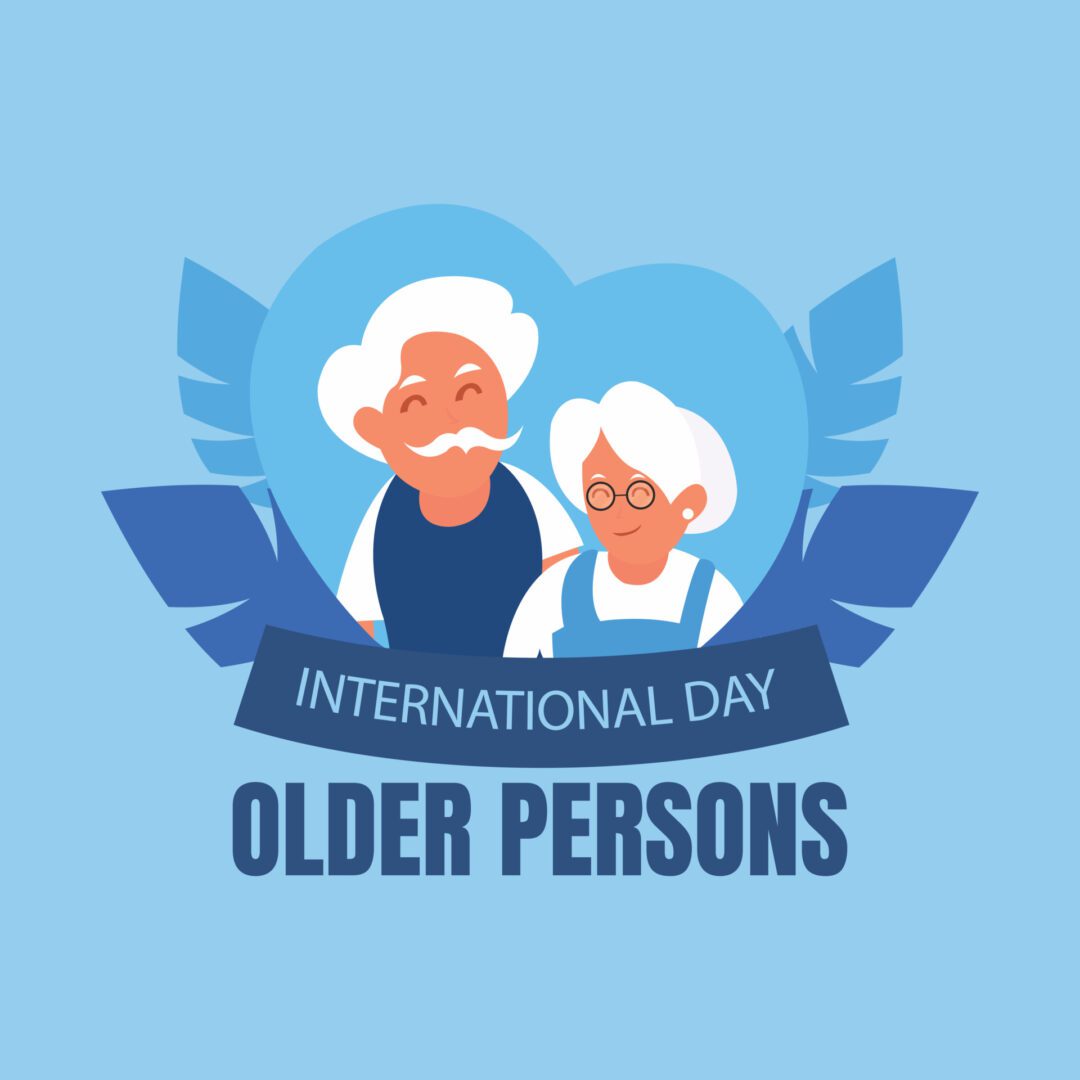Search by Color or Cause


On December 14, 1990, the United Nations General Assembly designated October 1 as the International Day of Older Persons. In addition, this was preceded by initiatives such as the Vienna International Plan of Action on Aging. The initiative was adopted by the 1982 World Assembly on Aging. It was endorsed later that year by the UN General Assembly. Finally, in 1991, the General Assembly adopted the United Nations Principles for Older Persons.
In 2002, the Second World Assembly on Aging adopted the Madrid International Plan of Action on Aging. This was done to respond to the opportunities and challenges of aging populations in the 21st century. In addition, it aimed to promote the development of a society for all ages.
To call attention to International Day of Older Persons, we welcome you to wear either blue or teal enamel awareness ribbon pins, blue or teal fabric ribbons, or blue or teal silicone wristbands.
Globally, there were 703 million persons aged 65 or over in 2019. For example, the region of Eastern and South-Eastern Asia was home to the largest number of older persons (261 million). This was followed by Europe and Northern America (over 200 million). As a result, over the next three decades, the number of older persons worldwide is projected to more than double. The number of older persons will reach more than 1.5 billion persons in 2050. All regions will see an increase in the size of the older population between 2019 and 2050.
The largest increase (312 million) is projected to occur in Eastern and South-Eastern Asia. The number of older persons will grow from 261 million in 2019 to 573 million in 2050. The second fastest increase is projected for sub-Saharan Africa, where the population aged 65 or over could grow from 32 million in 2019 to 101 million in 2050 (218 percent). By contrast, the increase is expected to be relatively small in Australia and New Zealand (84 percent). However, there will be minimal increases in Europe and Northern America (48 percent). These are regions where the population is already significantly older than in other parts of the world.
Among development groups, less developed countries excluding the least developed countries will be home to more than two-thirds of the world’s older population (1.1 billion) in 2050. Yet the fastest increase is projected to take place in the least developed countries. This is where the number of persons aged 65 or over could rise from 37 million in 2019 to 120 million in 2050 (225 percent).
Seventy-five years ago, the United Nations General Assembly adopted the Universal Declaration on Human Rights. This was a monumental document in the history of human rights. Written by representatives from around the world with different legal, cultural, and linguistic backgrounds, it is the first document articulating the fundamental human rights that are meant to be universally protected. In recognition of this milestone, and looking to a future that delivers on the promise to ensure that all persons, including all older persons, fully enjoy their human rights and fundamental freedoms, the 33rd commemoration of the United Nations International Day of Older Persons will focus on the theme of “Fulfilling the Promises of the Universal Declaration of Human Rights for Older Persons: Across Generations.”